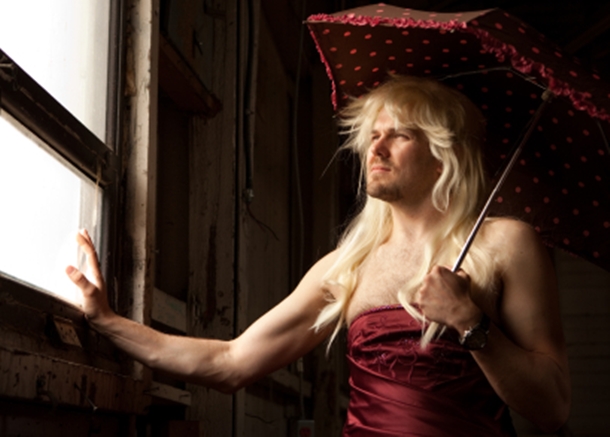While transgender issues are a hot and popular topic right now, one should not forget gender play has been around for as long as people have. The difference is that often the roles of women playing men, and men playing women were confined within the contexts of specific art and performance.
For example, at the theatre in Shakespearean times, women were not allowed to perform on stage, and so all the roles of women in plays were acted by males. Often these roles would be done by boys or young men, who could appear a bit smoother and get away with a feminine sounding voice more naturally.
Discover beautiful transgender women now at TSmeet.com!
In Japan, meanwhile, traditional Kabuki theatre has a similar thing going. The Onnagata is a male who specializes in playing a female role on stage. At first, Japanese plays only allowed women, but the crossover between acting and prostitution made the plays too chaotic.
After this, only men were allowed to act, and consequently played all the women (as women had previously been playing men). This too got chaotic, as men in drag were prostituting themselves to the audience. So not only women, but female roles, were banned. After this the plays got incredibly gay for a while.
Then things went back to men playing women, and have stayed that way since the 1700s.
While it might have been entirely scandalous for a person to go out on the town in drag, back in these more primitive times, there was always the outlet of theatre for people who felt they didn’t fit in.
Gender bending has always been a big deal in comedy, too. Think of how often the Monty Python troupe, or the Kids in the Hall, played gender-bending roles. Interestingly, these drag performances rarely featured divas; rather they favored ordinary women, middle and lower-class females, living their lives.
Trans and drag didn’t exist as concepts, back in the old days. Crossdressing didn’t exactly have the name and reputation it does now. It was more that a person could decide if they wanted to go out as a woman or a man, and they were inventing their personality in a vacuum.
I read a fascinating story on the BBC about a woman named Stella, who was sometimes a woman, sometimes a man. She was caught, dressed as a high society lady, trying to use a woman’s lavatory at the theatre in the 1870s. A very high-profile trial followed. Amazingly she got off, using a very unusual defence.
Read more: The cross-dressing gents of Victorian England

Tell us what you think